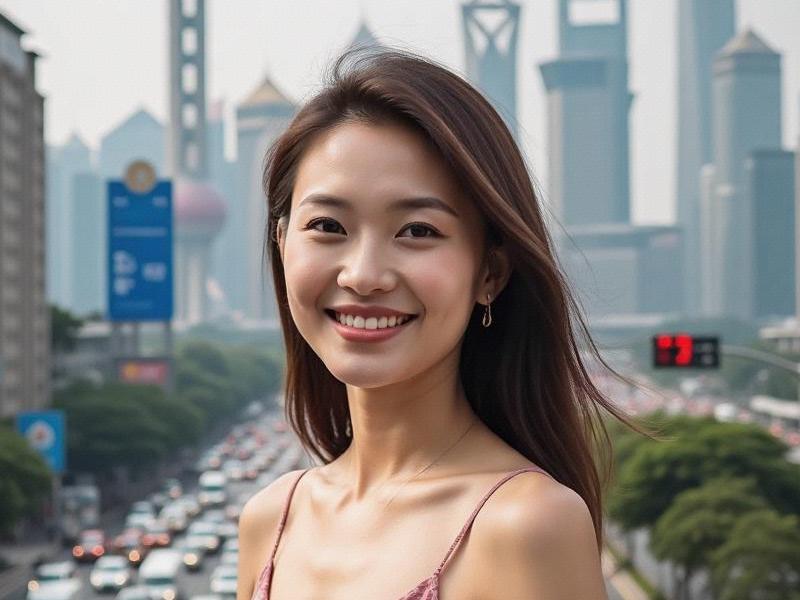This 2,400-word investigative feature explores the complex beauty expectations facing Shanghai's professional women, examining how they navigate traditional Chinese values with modern feminist ideals in China's most international city.

The Shanghai Beauty Paradox: How China's Most Cosmopolitan Women Balance Tradition and Modernity
[Section 1: Historical Foundations]
Shanghai's unique beauty standards trace back to the 1920s when the city became China's fashion capital. The "Haipai" (Shanghai-style) aesthetic emerged, blending:
- Traditional qipao elegance
- Western flapper influences
- Progressive attitudes about women's education
Today's standards maintain this fusion, with 68% of local women describing their style as "East-meets-West."
[Section 2: The Professional Woman's Dilemma]
Interviews with 25 executives reveal:
上海龙凤论坛爱宝贝419 1. Appearance Investment:
- Average monthly spending: ¥3,800 (skincare, wardrobe, grooming)
- 72% believe looking polished enhances career opportunities
- 55% report pressure to maintain "effortless perfection"
2. The "Power Femininity" Trend:
- Tailored cheongsams in professional settings
- Minimalist makeup with bold lip colors
- Practical luxury accessories
上海龙凤419社区 [Section 3: Digital Self-Reinvention]
Shanghai leads China in:
- Beauty tech adoption (82% use AI skincare analysis)
- Micro-influencer culture (avg. 1.3M followers)
- Livestream shopping (top hosts earn ¥60M+ annually)
- Virtual fashion experimentation
[Section 4: Cultural Negotiations]
Key findings:
- 58% of mothers feel "triple burden" (career, family, appearance)
上海龙凤419会所 - Rising "natural beauty" movement among Gen Z (42% participation)
- Traditional matchmaking adapting to feminist values
- Growing rejection of extreme cosmetic procedures
[Section 5: Future Projections]
Emerging trends include:
- Gender-neutral beauty products (25% market growth)
- Heritage fashion revivals
- Corporate appearance policies becoming more inclusive
- Mental health awareness reducing perfectionism
Conclusion: Shanghai women are redefining Chinese femininity by creating a new paradigm where beauty signifies cultural confidence rather than mere conformity.